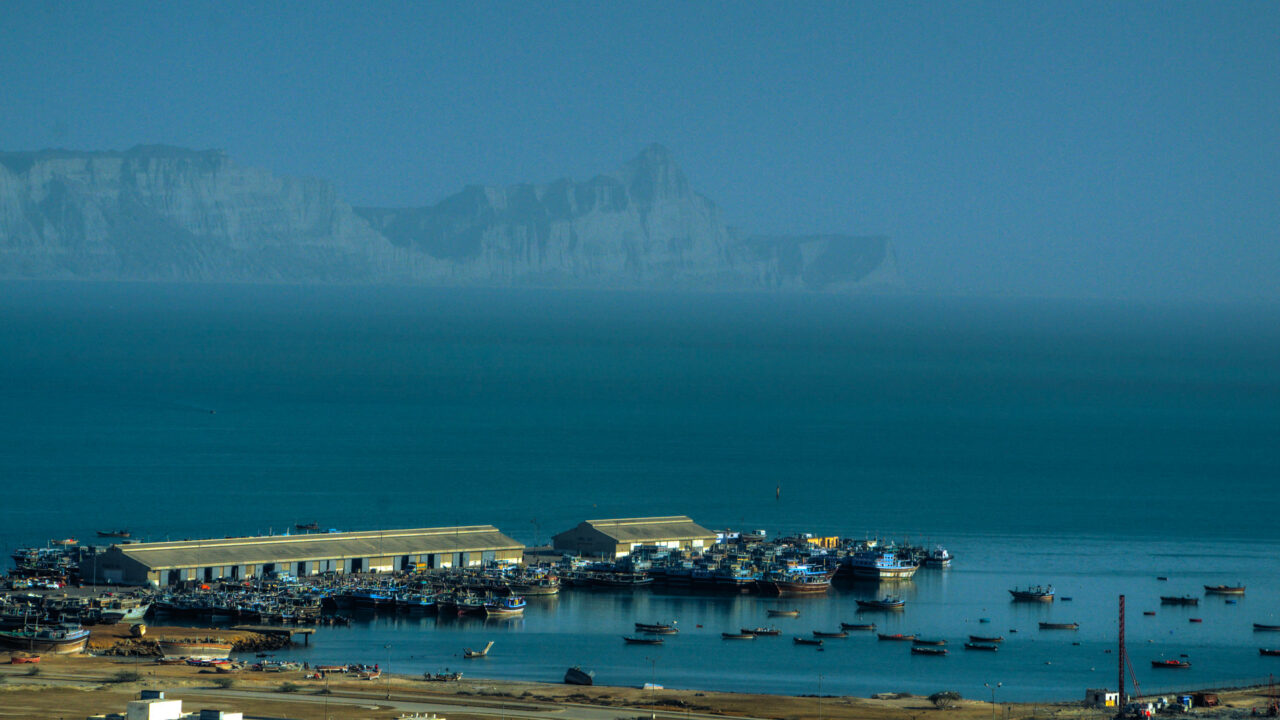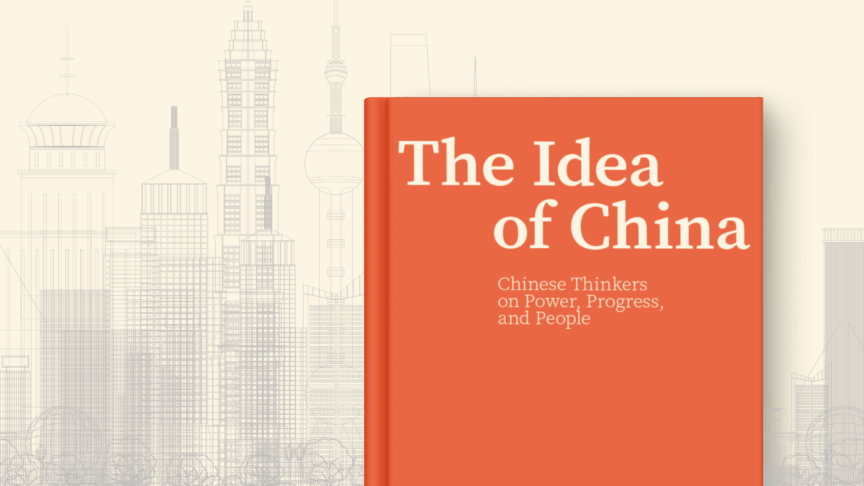Corridor to nowhere: The Gwadar protests and the Pakistan-China relationship
The Gwadar protests are more than just a story of manipulation of the food insecurity and frustrations of the local population. They also illustrate the failure of an economic development strategy based on fallacies
Once praised as the flagship project of the China-Pakistan Economic Corridor (CPEC), the Chinese-run port of Gwadar recently made headlines as the site of mass protests. These largely peaceful demonstrations in the city – situated in the restive Pakistani province of Balochistan, on the coast of the Arabian Sea – lasted for several weeks before they were settled in late December 2021. The protesters’ demands included an end to the illegal fishing by Chinese trawlers (which threatens their livelihoods), a reduction in security checkpoints in the city, and the relaxation of restrictions on trade with Iran. They blamed China for shortages of water and electricity in Gwadar.
There have been protests in the city before – but not on this scale. The demonstrations in December involved men, women, and children from Sind and many regions along the Makran coast. The size of the protests made it difficult for the authorities to contain the situation purely through coercive measures, despite their deployment of more than 5,000 additional police officers to Gwadar. The movement quickly became a national issue, with political parties rallying in support of the protesters one after another. It has finally unified the country in opposition to the security establishment long-running crackdown in Balochistan, which mainly targets secessionist groups. This shift in the public mood has implications for both the Pakistani and Chinese governments.
On 16 December, the Pakistani government stated that it would accept all the protesters’ demands. The demonstrations had been led by Maulana Hidayat-ur-Rehman, general secretary of the Balochistan branch of Jamaat-i-Islami (JI). This organisation, one of the largest politico-religious groups in the country, has traditionally been close to the Pakistani military. In 2009 the JI even signed a Memorandum of Understanding with the Chinese Communist Party. But, in recent years, the political establishment has sidelined the JI in favour of more radical groups, such as the Tehreek-e-Labbaik Pakistan.
The JI was the main winner of the recent protests, having played on local resentment to regain its leverage over the military. Significantly, the group emphasised that it was not against Chinese-led development projects in Gwadar. In the process, the JI introduced the demonstrations into mainstream Pakistani politics, thereby helping curb the influence of Islamist organisations (with the blessing of the security services). The authorities responded to the unrest by detaining Balochistan nationalist leaders – even though they had not initiated the protests – but did not arrest the JI’s leader.
However, the Gwadar protests are more than just a story of manipulation of the food, water and energy insecurity as well as the frustrations of the local population. They also illustrate the failure of an economic development strategy based on fallacies.
As US-based analyst Arif Rafiq rightly observes, “Pakistan – like Djibouti, Kenya, and Sri Lanka – assumed that China’s Shenzen or Shekou model is not only replicable but also plug and play”.[i] Indeed, the entire CPEC project was based on the idea that, by importing ageing or even dying Chinese industries that are based on cheap labour, Pakistan would gain access to technology transfers and initiate a virtuous circle that caused its economy to thrive. Yet decision-makers in Islamabad did not account for the fact that the same business environment that led to the decay of Pakistani industry would also inhibit foreign-owned companies.
Pakistan’s leaders both overestimated Gwadar’s geographical advantages and built their plans for CPEC on the myth that connectivity would be a source of growth almost by itself.
Moreover, Pakistan’s leaders both overestimated Gwadar’s geographical advantages and built their plans for CPEC around the myth that connectivity would be a source of growth almost by itself. Connections between two regions with underdeveloped economies do not lead to double-digit growth. Gwadar port is only a gateway to a hinterland that has never truly prospered. Its economic dynamism compares poorly with that of ports in other Pakistani cities, such as Karachi and Qasim.
Pakistan’s authoritarian, inefficient, and corrupt regime only reinforced these structural weaknesses. It did not consult the local population before undertaking delusional projects that often came at their expense (despite constantly making promises of better living conditions). People in Balochistan have had a sense of dispossession since long before the launch of CPEC. This sentiment has only been exacerbated by the lease of Gwadar port to a Chinese company and the predatory commercial practices that have followed.
China’s projects have not provided local employment as expected. And Chinese trawlers have depleted the fish stocks that many in Balochistan rely on for their livelihoods. China has not fulfilled its promises to build a vocational training centre, a desalinisation plant, and a hospital in Gwadar (although it has constructed an emergency medical centre there). The economic activity China generated in Gwadar has largely benefited Chinese firms and workers, leading many locals to feel a deep sense of hostility towards Beijing and a Pakistani government they regard as complicit in their exploitation.
If anything, the Gwadar port project is not helping Balochistan integrate into the rest of Pakistan but is having the opposite effect. Locals no longer believe that the government will honour its commitments to them, as they are used to empty promises. Their resentment of the Chinese is such that the security checkpoints in Gwadar are unlikely to be removed any time soon. Similarly, it is doubtful that the Pakistani authorities will ensure that projects in the city provide jobs to locals or prevent Chinese firms from depleting the region’s resources.
More broadly, CPEC has generated little growth in Gwadar or the wider Pakistani economy. This increasingly raises questions about the ratio of costs to benefits of increasing dependency over China. Ultimately, for Pakistan, Gwadar may be the starting point of a corridor to nowhere.
[i] Arif Rafiq, “Pakistan Wanted Gwadar to Be the Next Singapore. China’s Role didn’t Help”, Foreign Policy, December 14, 2021, https://foreignpolicy.com/2021/12/14/pakistan-gwadar-port-protests-china-belt-and-road-cpec/
The European Council on Foreign Relations does not take collective positions. ECFR publications only represent the views of their individual authors.



